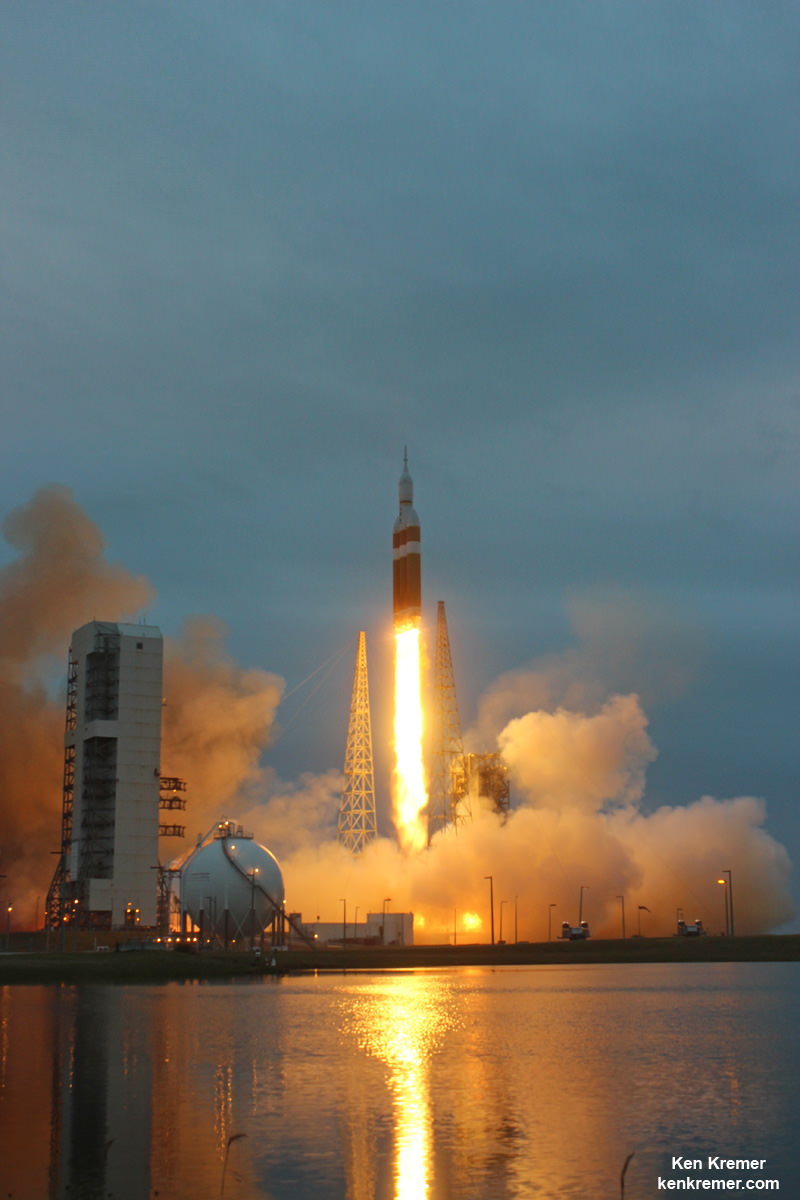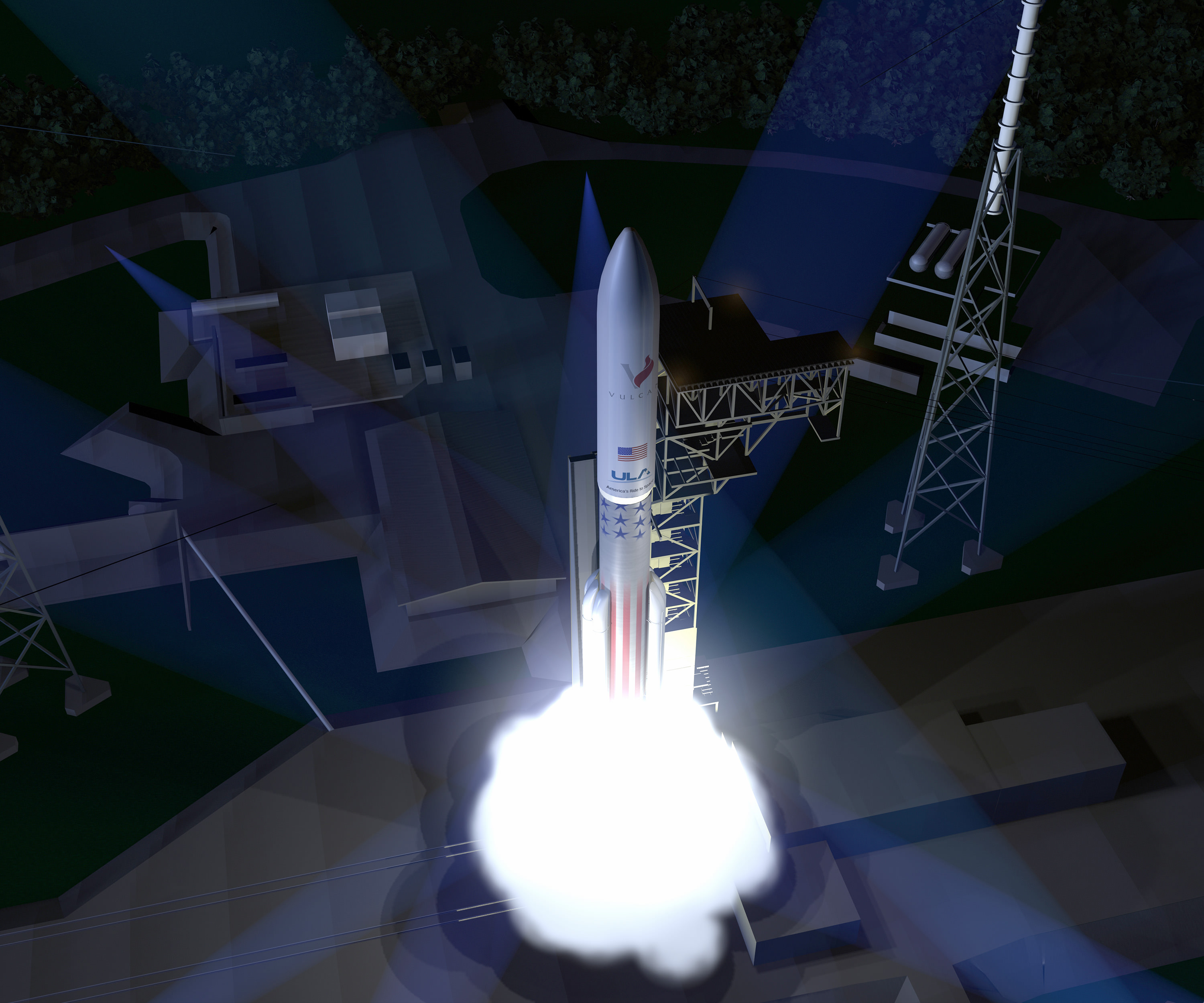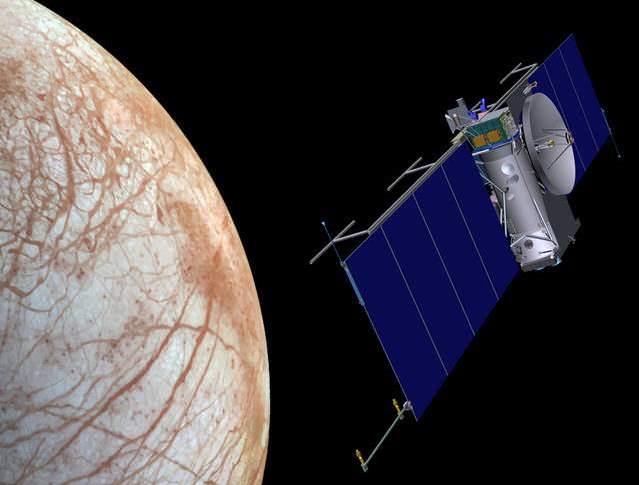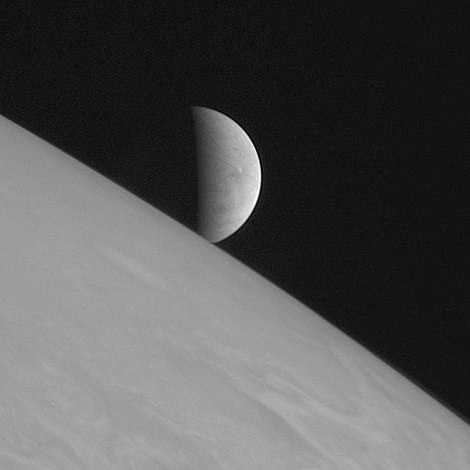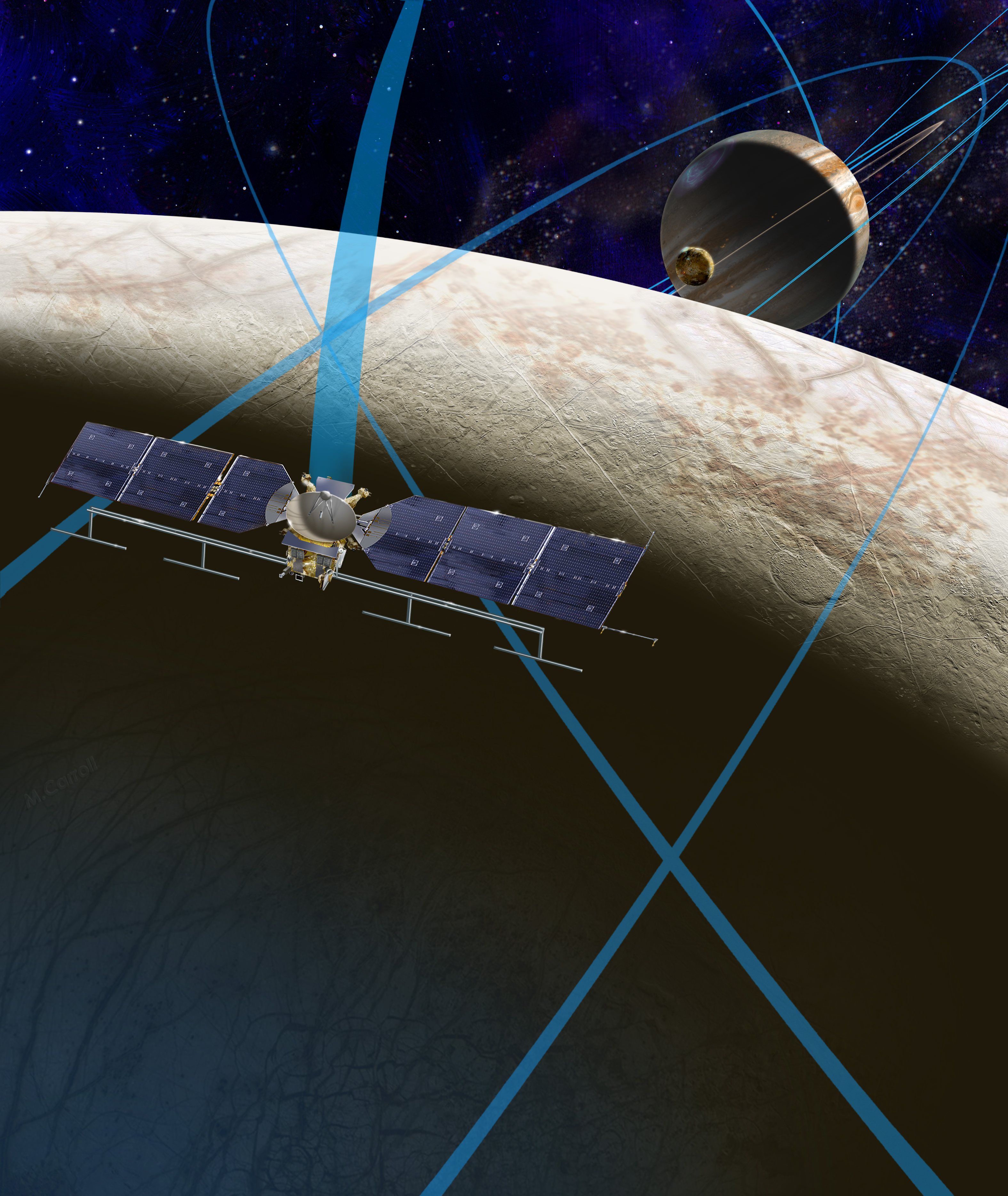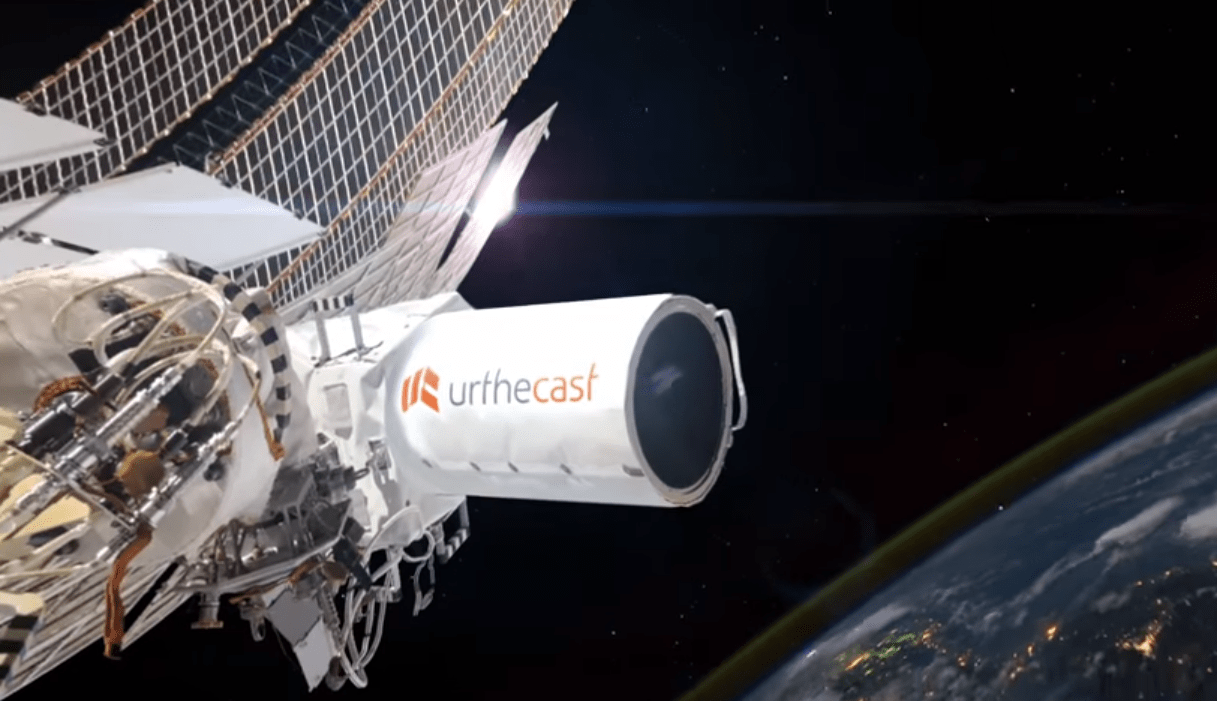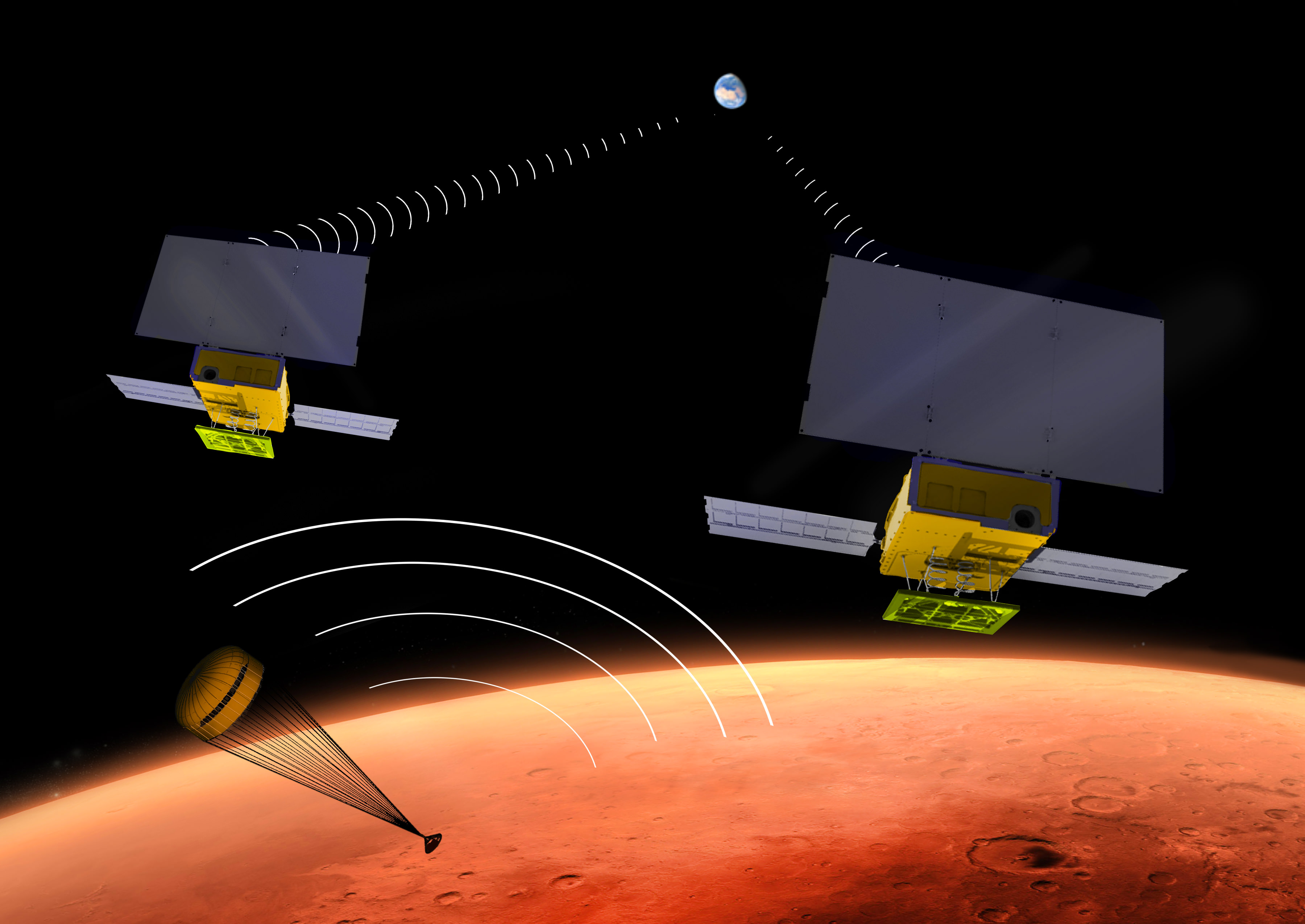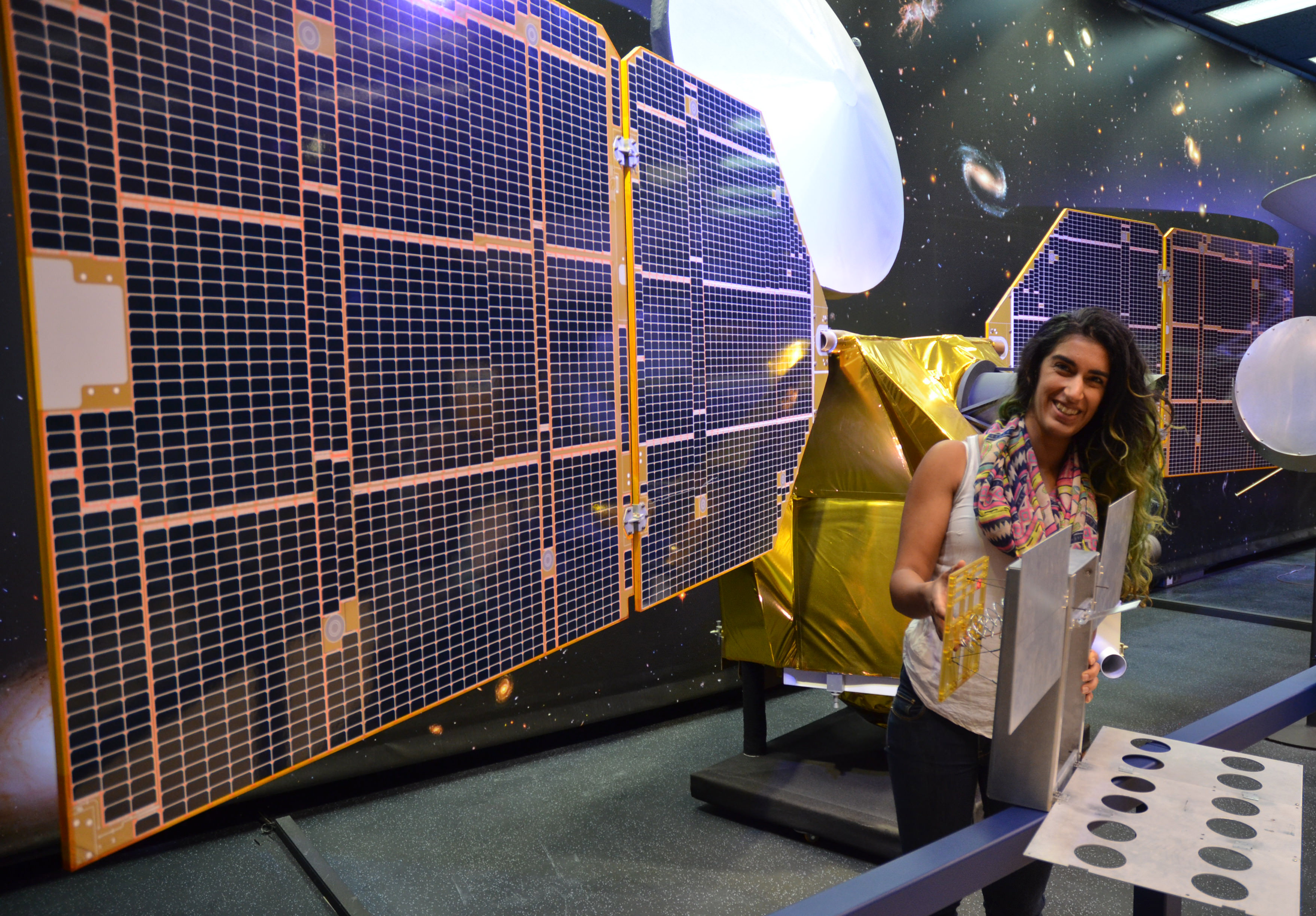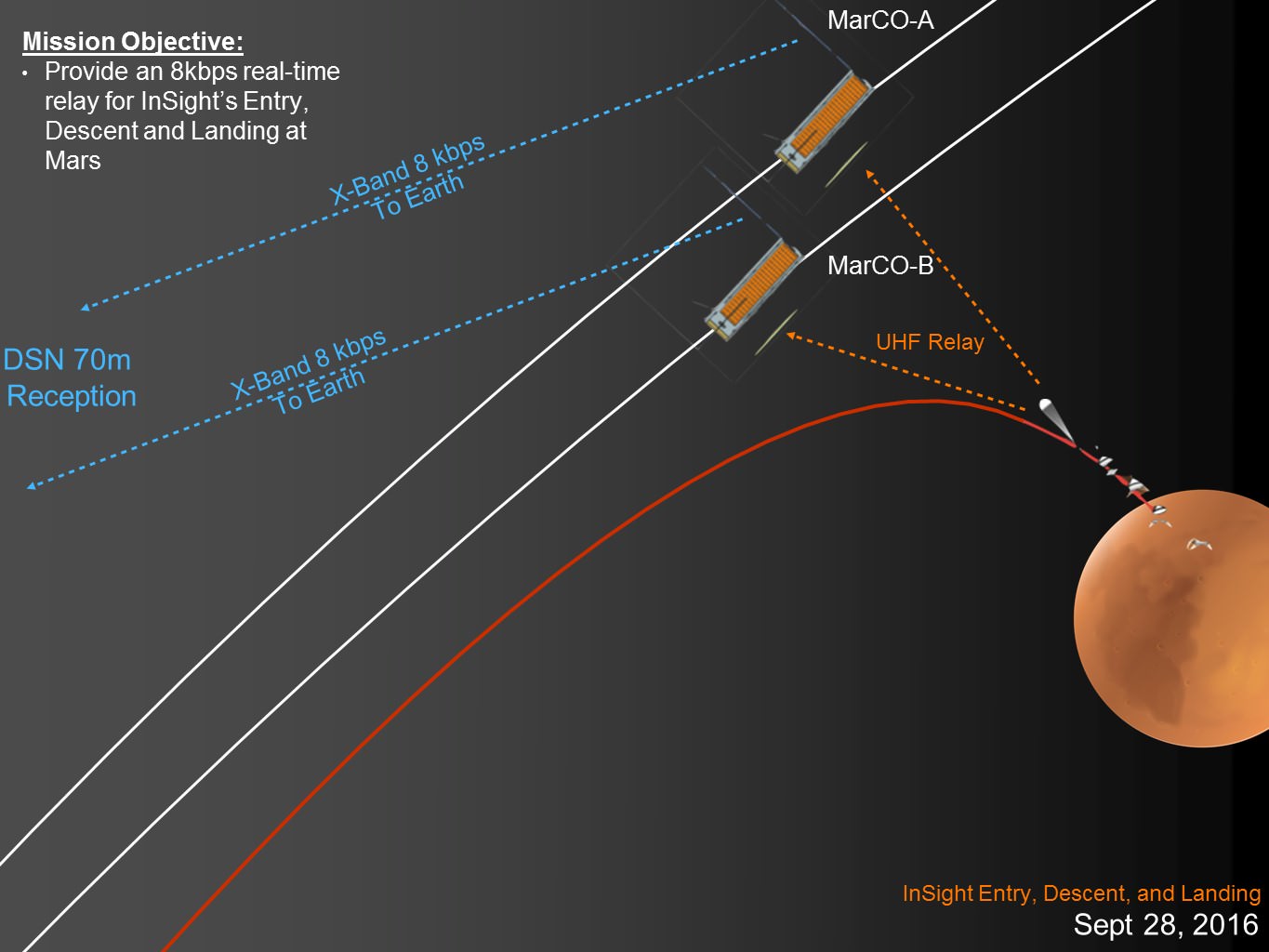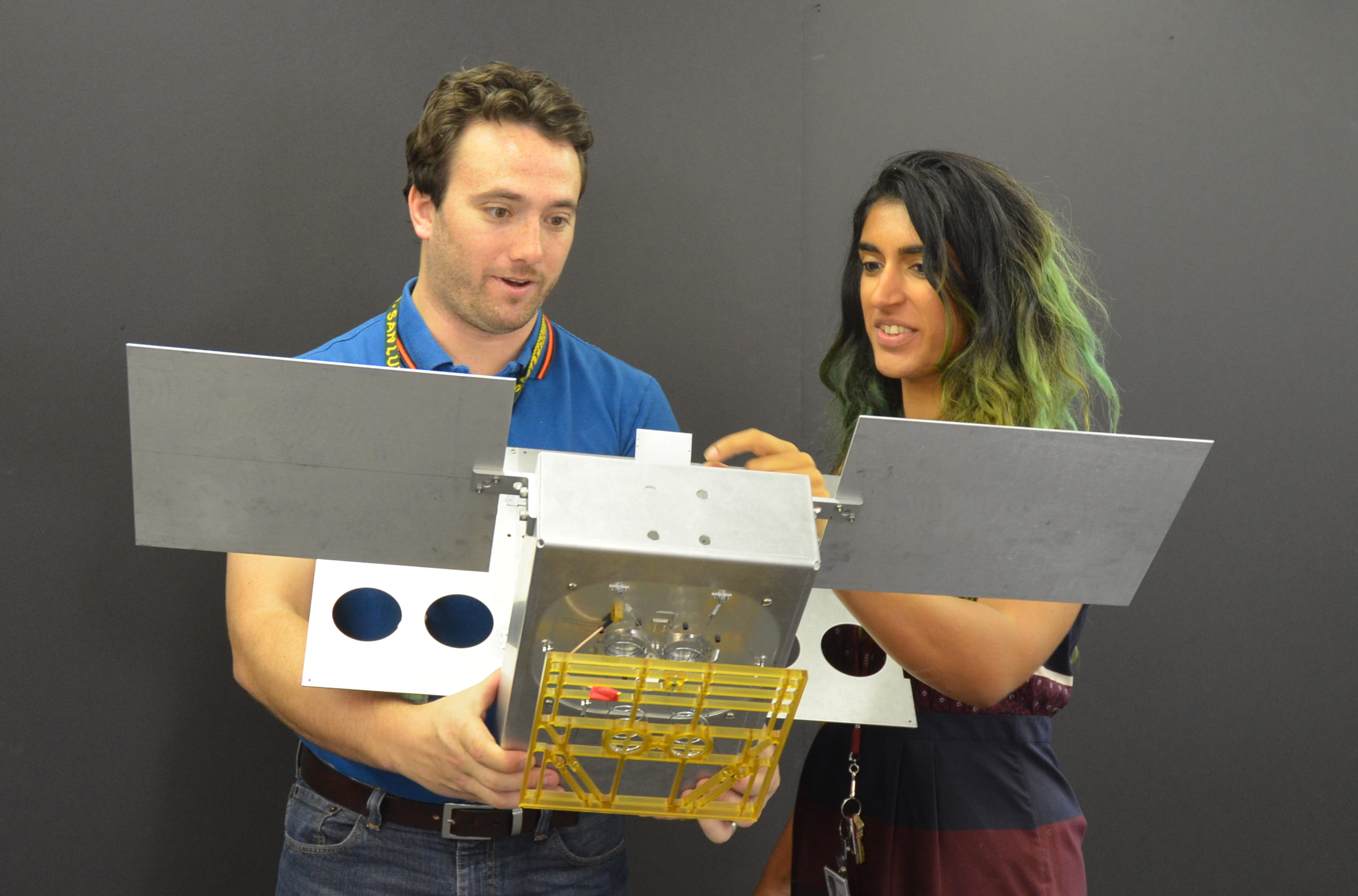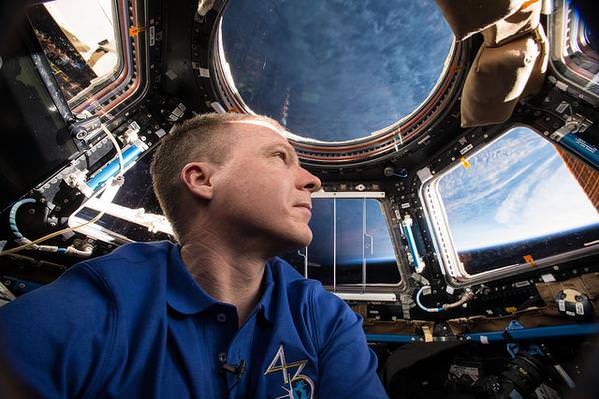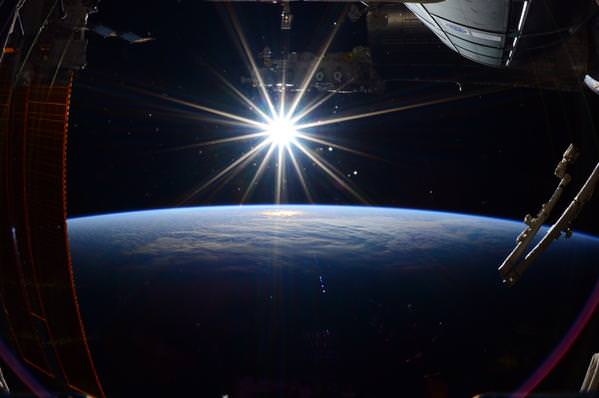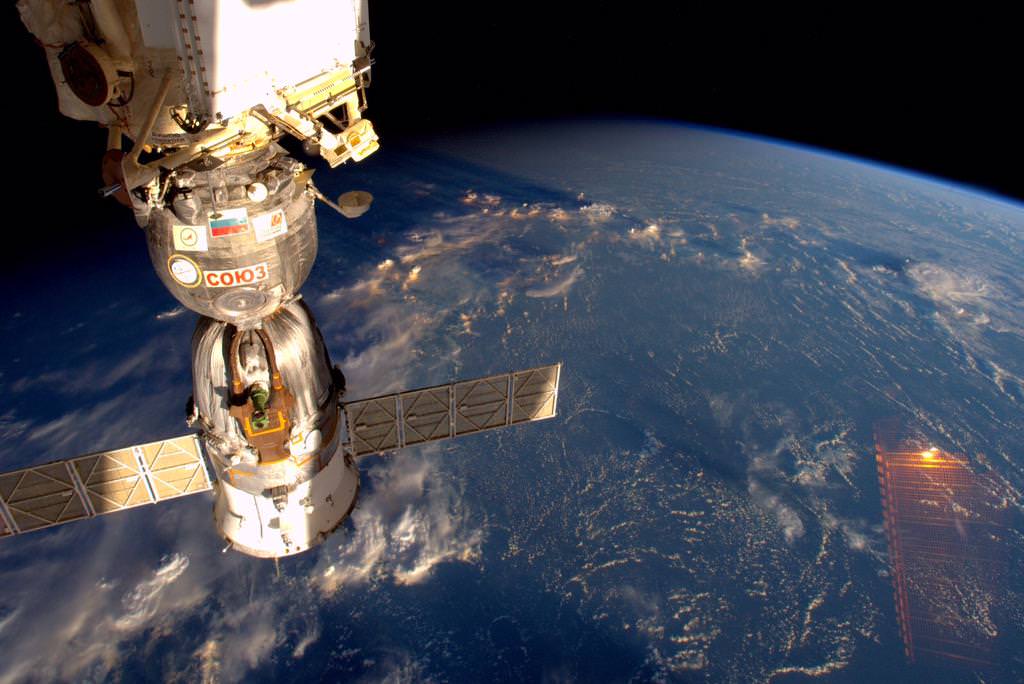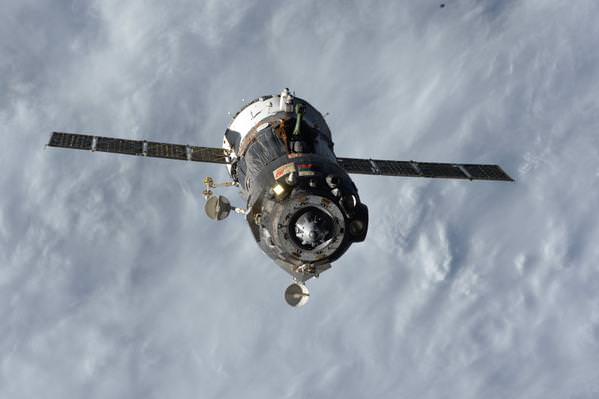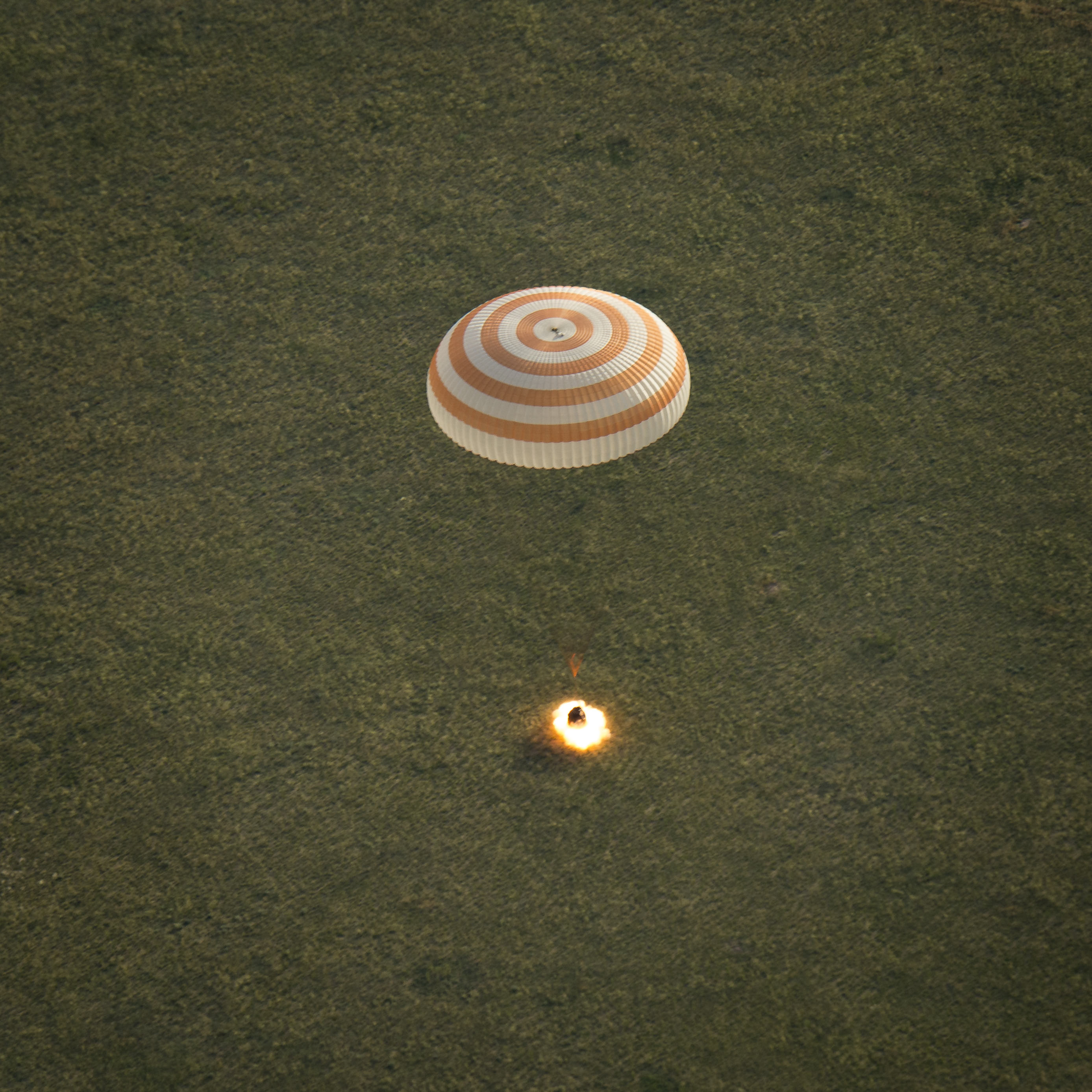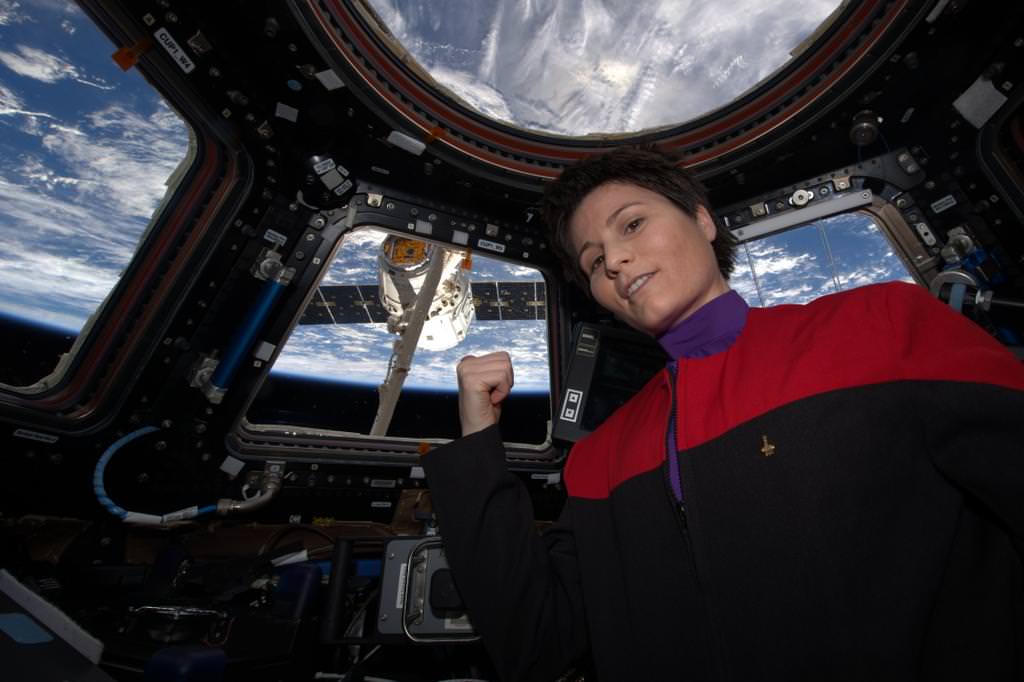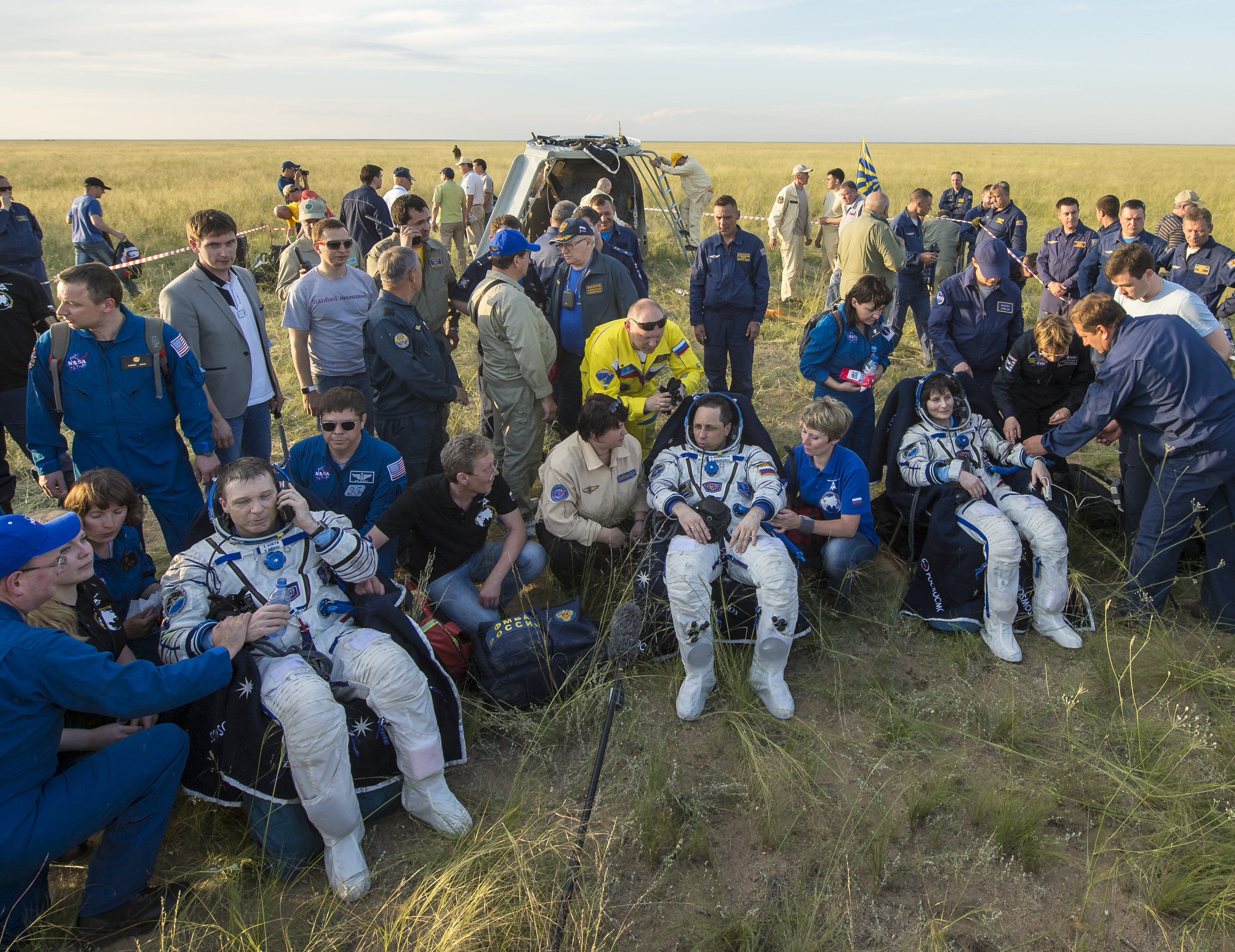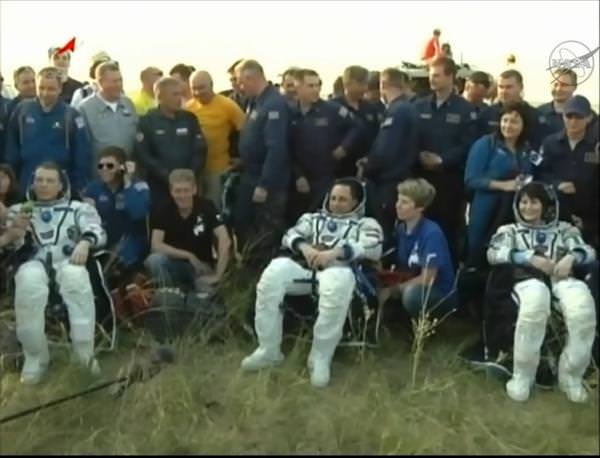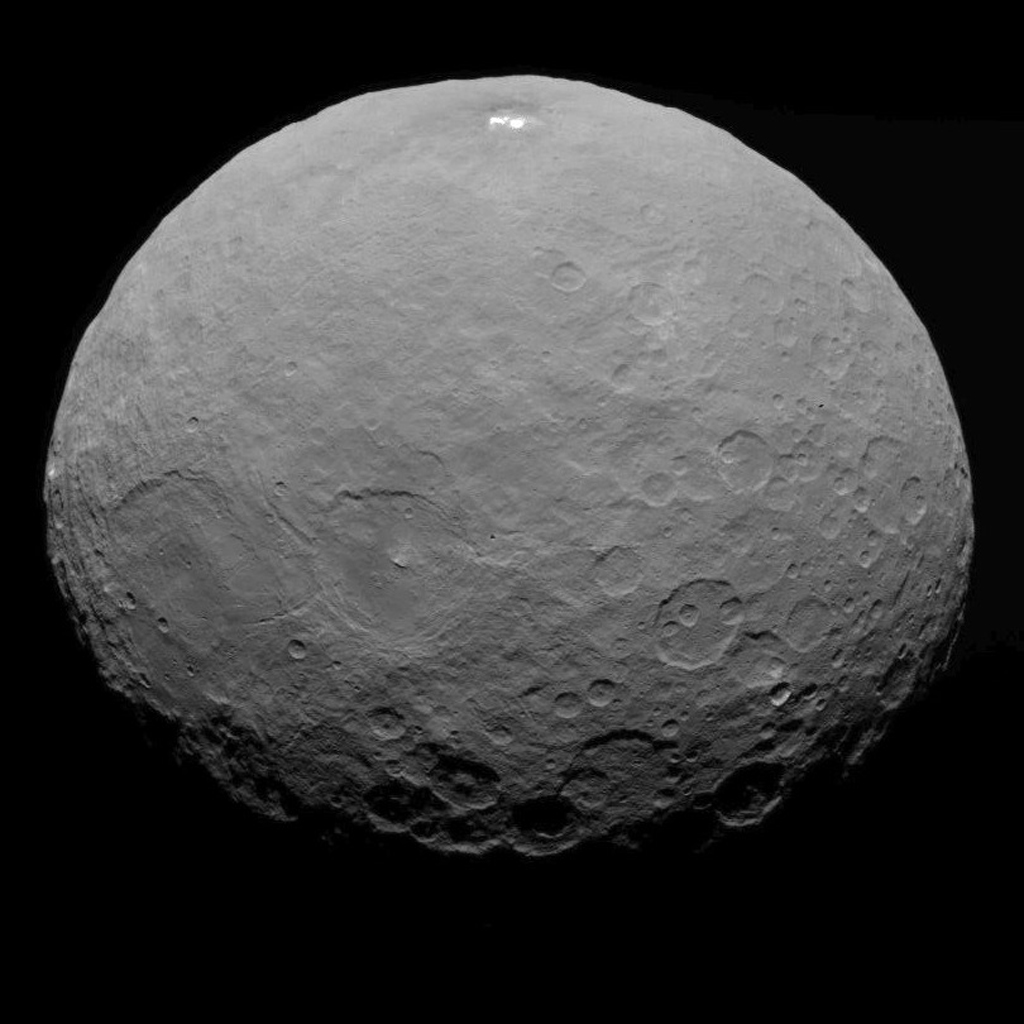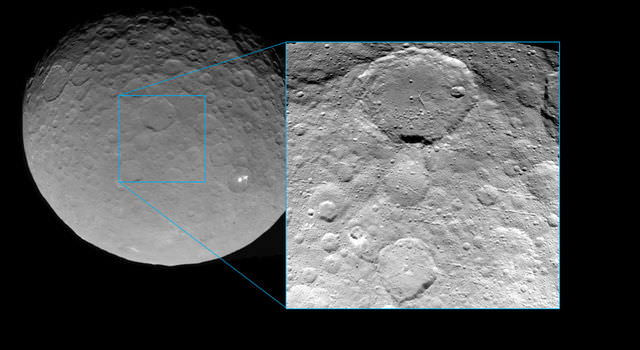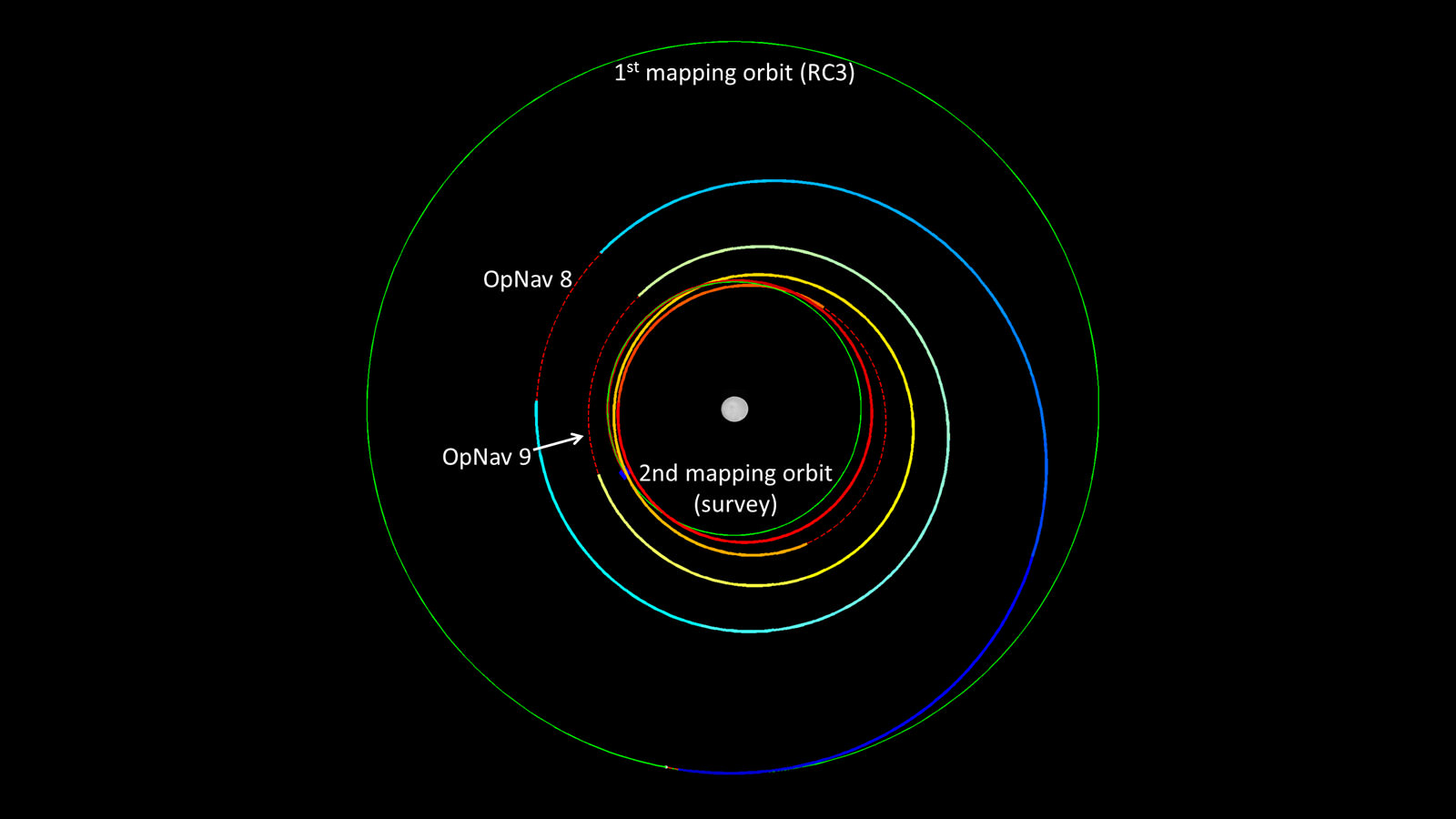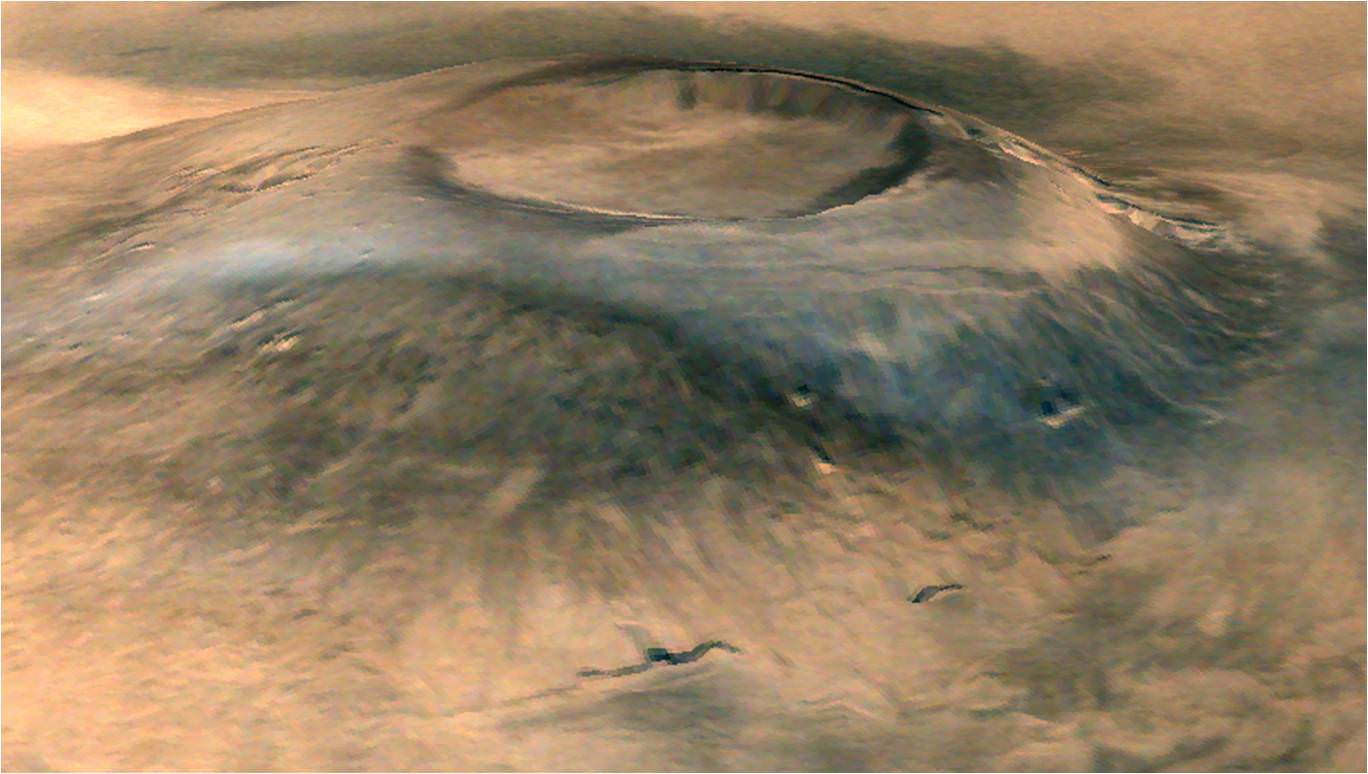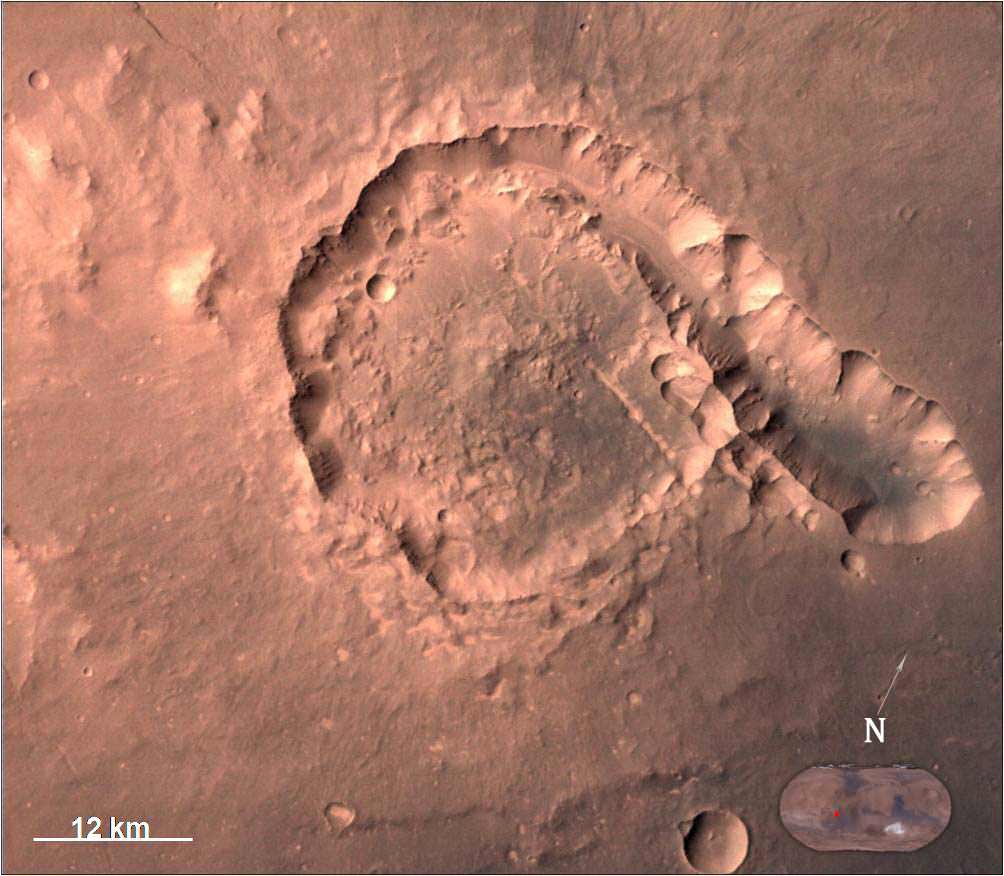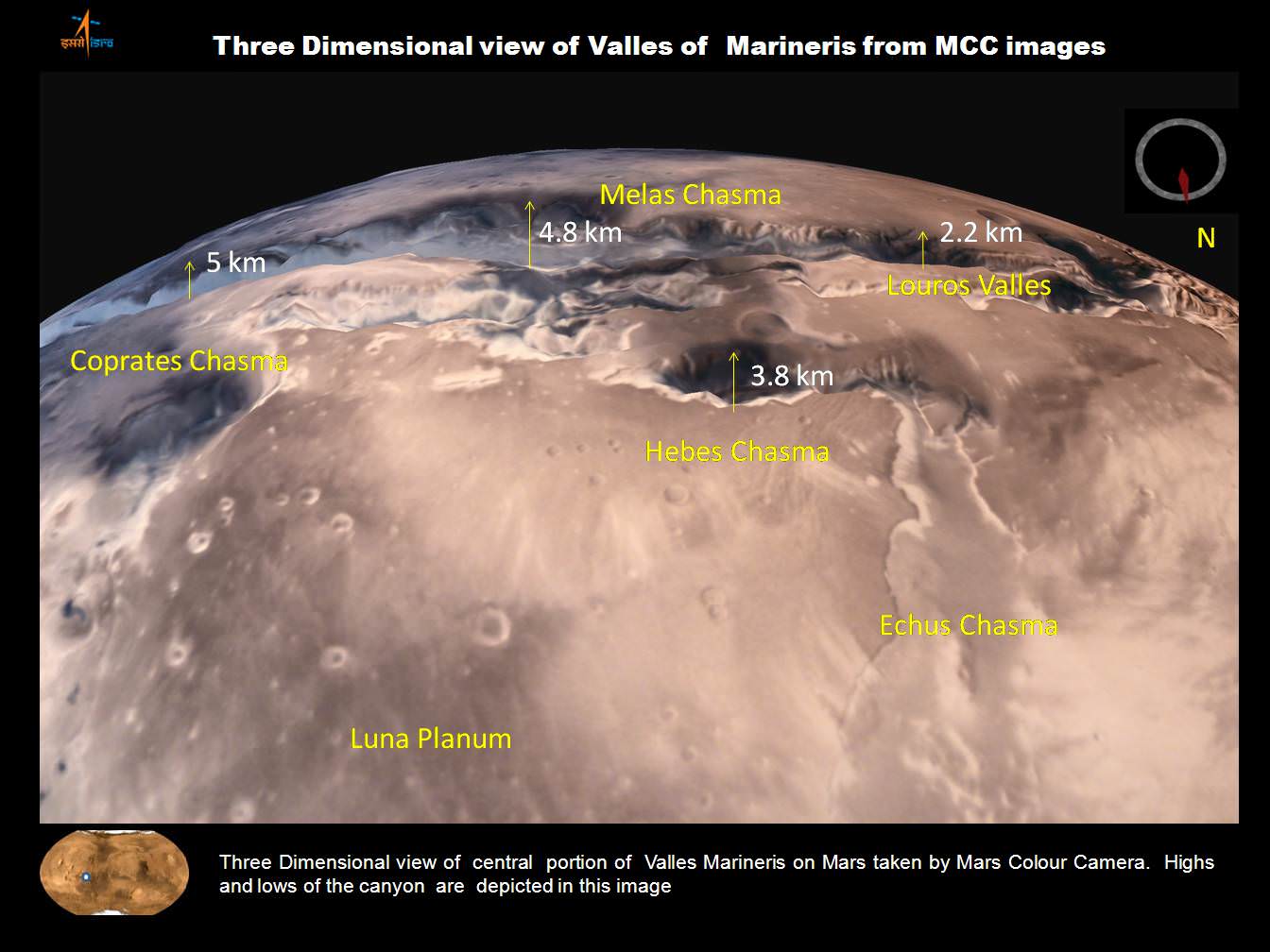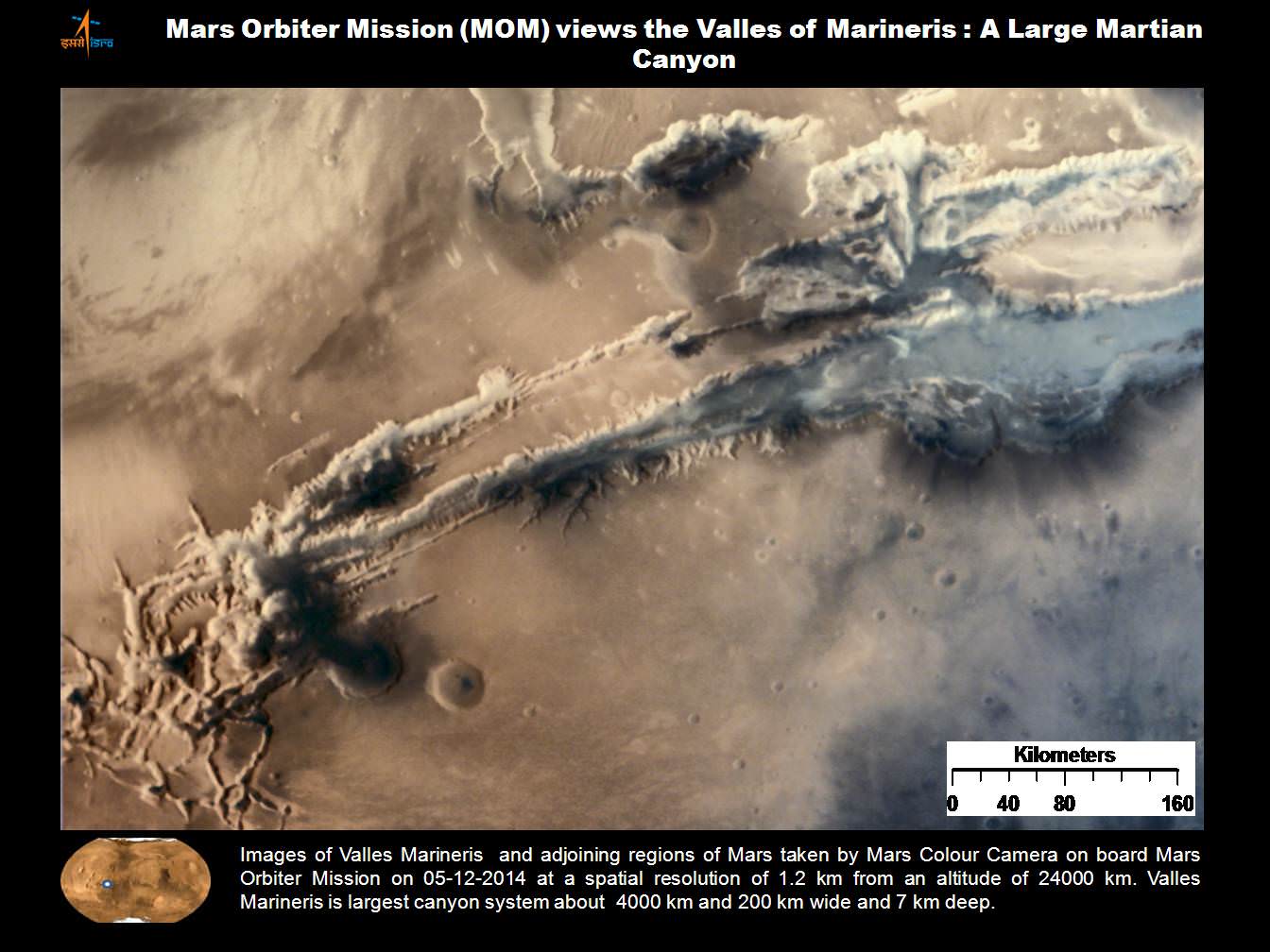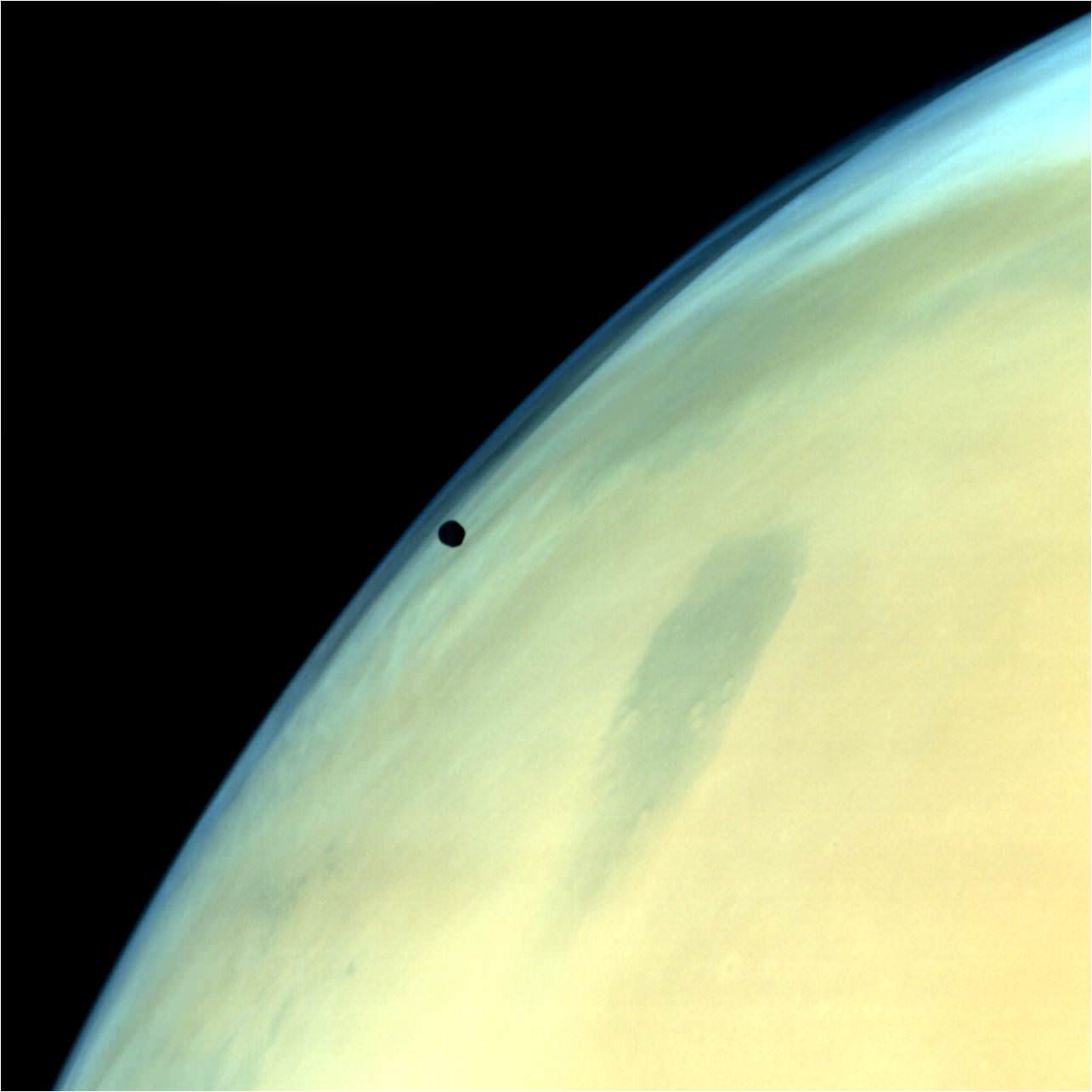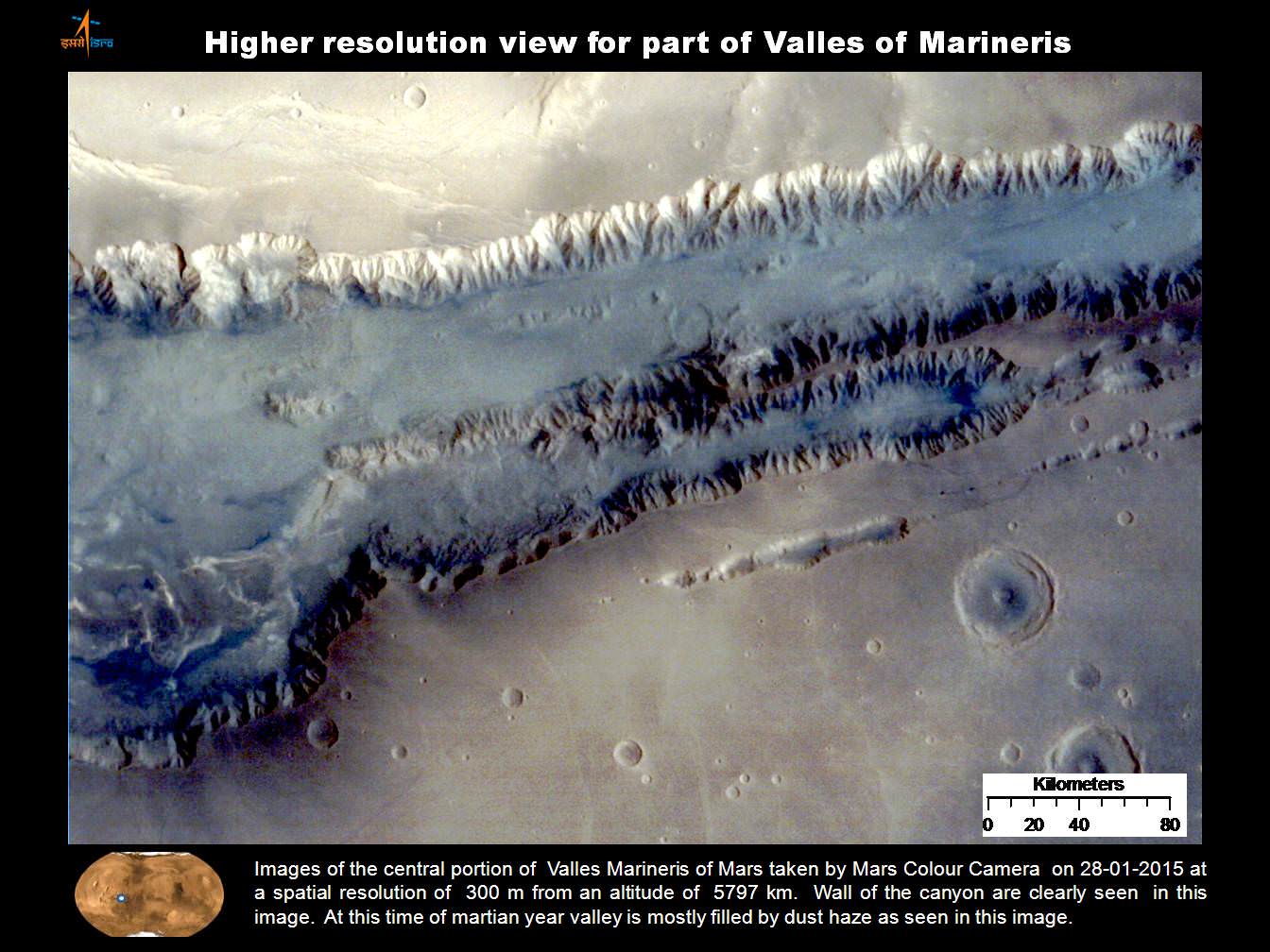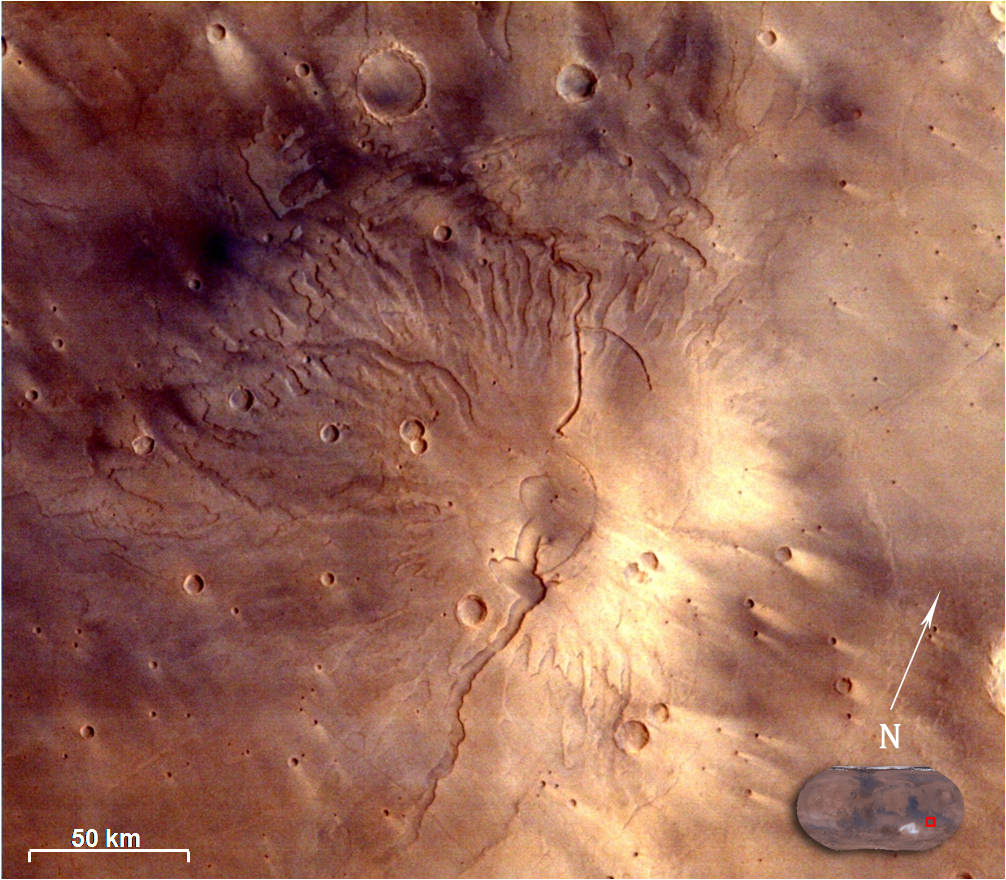Fierce commercial and international political pressures have forced the rapid development of the new Vulcan launcher family recently announced by rocket maker United Launch Alliance (ULA). Vulcan’s “genesis” and development was borne of multiple unrelenting forces on ULA and is now absolutely essential and critical for its “transformation and survival in a competitive environment” moving forward, according to Dr. George Sowers, ULA Vice President for Advanced Concepts and Technology, in an exclusive interview with Universe Today.
“To be successful and survive ULA needs to transform to be more of a competitive company in a competitive environment,” Dr. Sowers told Universe Today in a wide ranging interview regarding the rationale and goals of the Vulcan rocket.
Vulcan is ULA’s next generation rocket to space and slated for an inaugural liftoff in 2019.
Faced with the combined challenges of a completely changed business and political environment emanating powerfully from new space upstart SpaceX offering significantly reduced launch costs, and continuing uncertainty over the future supply of the Russian-made RD-180 workhorse rocket engines that power ULA’s venerable Atlas V rocket, after Russia’s annexation of Crimea, Sowers and ULA’s new CEO Tory Bruno were tasked with rapidly resolving these twin threats to the firms future well being – which also significantly impacts directly on America’s national security.
“Our current plan is to have the new Vulcan rocket flying by 2019,” Sowers stated.
Whereas ULA enjoyed a virtual US launch monopoly for many years, those days are now history thanks to SpaceX.
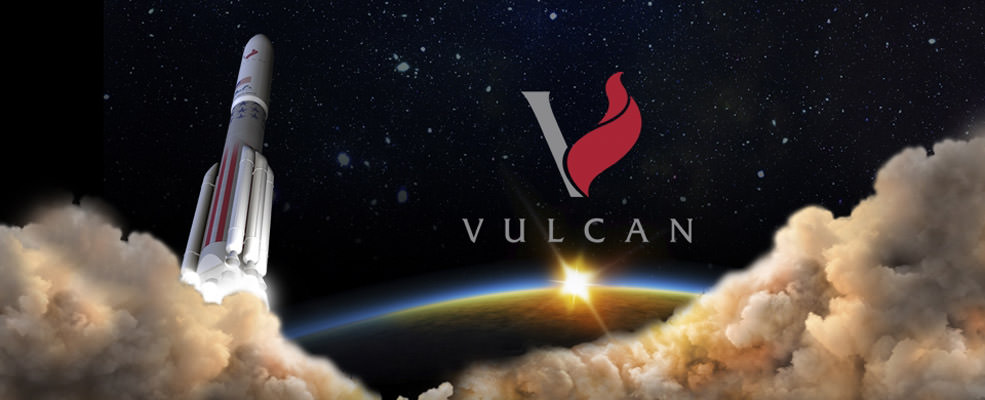
The Vulcan launcher was created in response to the commercial SpaceX Falcon 9 rocket, and it will combine the best features of ULA’s existing unmanned Atlas V and Delta IV booster product lines as well as being revamped with new and innovative American-made first stage engines that will eventually be reusable.
It will meet and exceed the capabilities of ULA’s current stable of launchers, including the Delta IV Heavy which recently launched NASA’s maiden Orion crew module on an unmanned test flight in Dec. 2014.
“We at ULA were faced with how do we take our existing products and transform them into a single fleet that enables us to do the entire range of missions on just one family of rockets.”
“So that was really the genesis of what we now call the “Vulcan” rocket. So this single family will be able to do everything [from medium to heavy lift],” Sowers told me.
Another requirement is that Vulcan’s manufacturing methodology be extremely efficient, slashing costs to make it cost competitive with the Space X Falcon 9. Sowers said the launcher would sell “for less than $100 million” at the base level.
“Vulcan will be the highest-performing, most cost-efficient rocket on the market. It will open up new opportunities for the nation’s use of space,” says ULA CEO Tory Bruno.
In its initial configuration Vulcan’s first stage will be powered by a revolutionary new class of cost effective and wholly domestic engines dubbed the BE-4, produced by Blue Origin.
It can be augmented by up to six solid rocket boosters, to propel high value payloads on missions ranging from low Earth orbit to interplanetary destinations for NASA, private industry and vital US national security interests.
Vulcan will also blast off with astronaut crews aboard the Boeing CST-100 space taxi bound for the International Space Station (ISS) in the early 2020s.
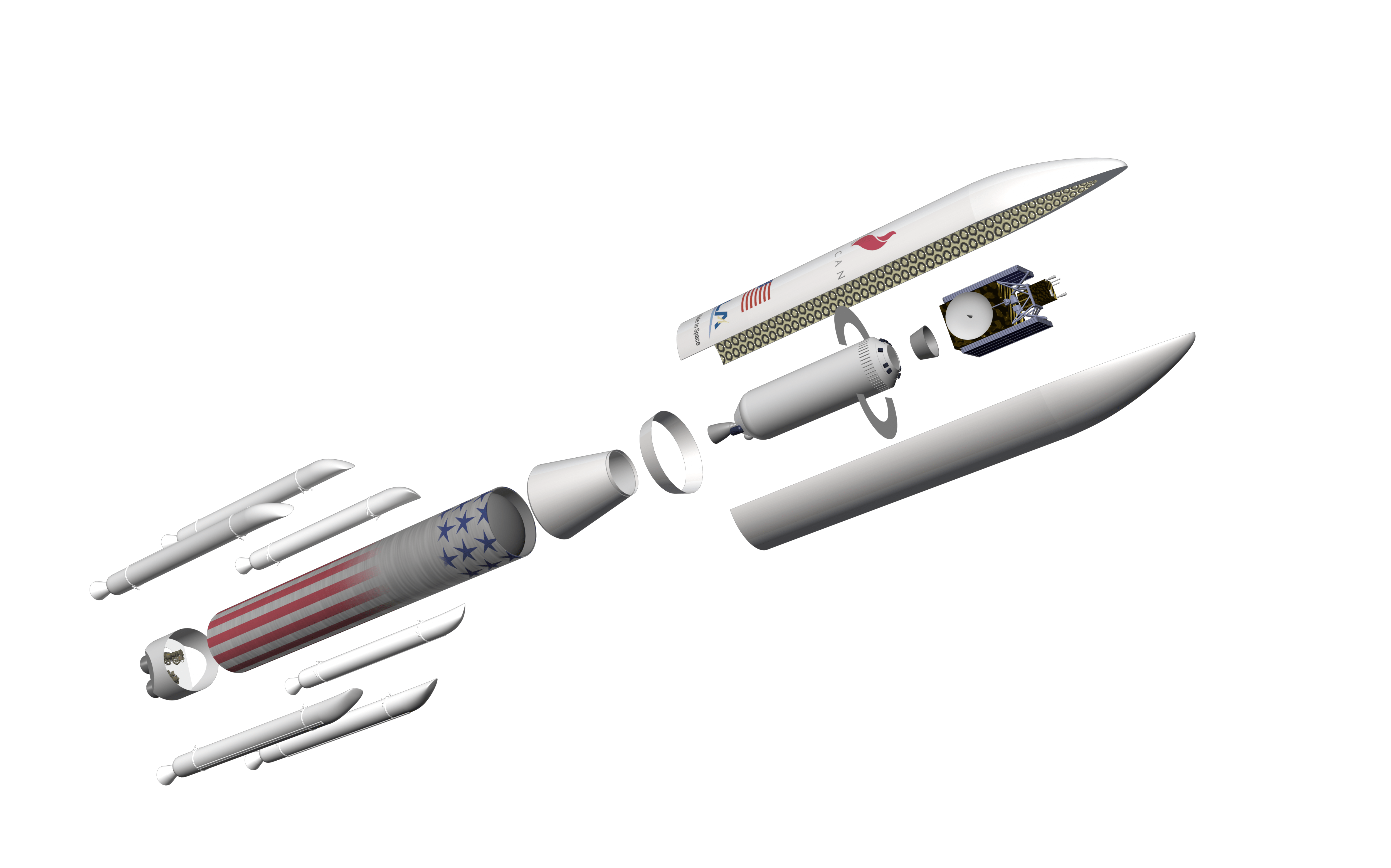
Further upgrades including a powerful new upper stage called ACES, will be phased in down the road as launches of ULA’s existing rocket families wind down, to alleviate any schedule slips.
“Because rocket design is hard and the rocket business is tough we are planning an overlap period between our existing rockets and the new Vulcan rocket,” Sowers explained. “That will account for any delays in development and other issues in the transition process to the new rocket.”
ULA was formed in 2006 as a 50:50 joint venture between Lockheed Martin and Boeing that combined their existing expendable rocket fleet families – the Atlas V and Delta IV – under one roof.
Development of the two Evolved Expendable Launch Vehicles (EELV’s) was originally funded by the U.S. Air Force to provide two independent and complimentary launch capabilities thereby offering assured access to space for America’s most critical military reconnaissance satellites gathering intelligence for the National Reconnaissance Office (NRO), DOD and the most senior US military and government leaders.
Since 2006, SpaceX (founded by billionaire Elon Musk) has emerged on the space scene as a potent rival offering significantly lower cost launches compared to ULA and other launch providers in the US and overseas – and captured a significant and growing share of the international launch market for its American-made Falcon rocket family.
And last year to top that all off, Russia’s deputy prime minister, Dmitry Rogozin, who is in charge of space and defense industries, threatened to “ban Washington from using Russian-made [RD-180] rocket engines [used in the Atlas V rocket], which the US has used to deliver its military satellites into orbit.”
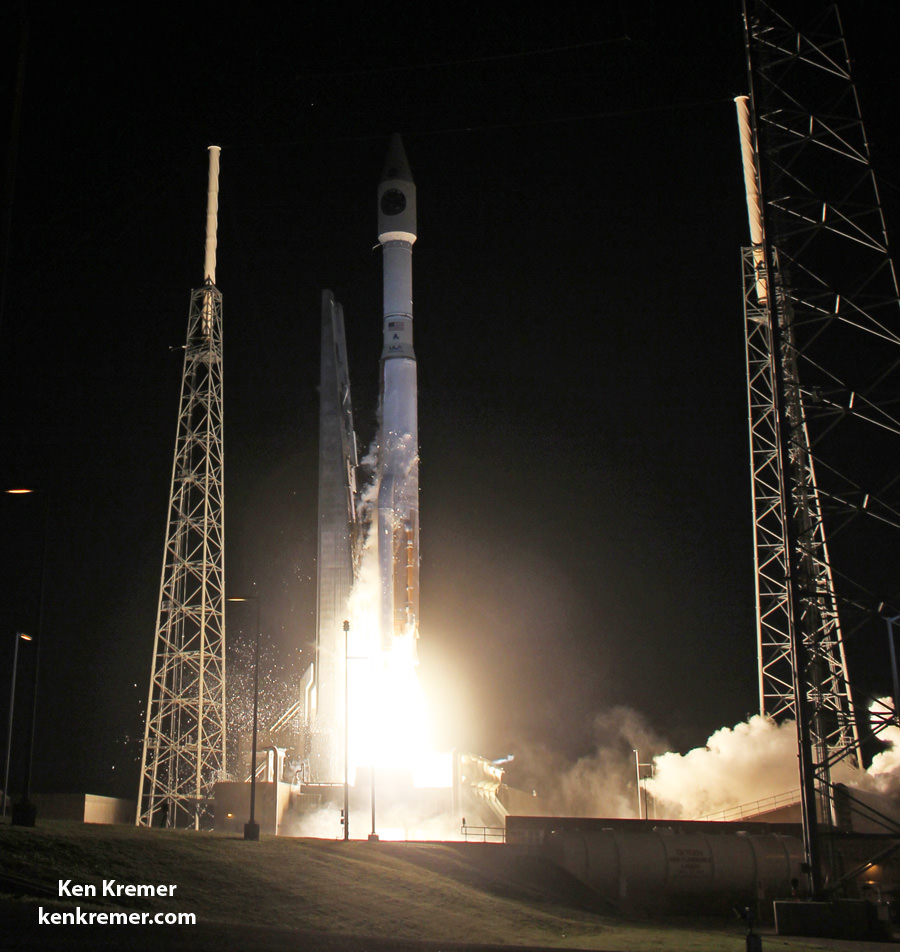
United Launch Alliance Atlas V rocket with NASA’s Magnetospheric Multiscale (MMS) spacecraft onboard launches from the Cape Canaveral Air Force Station Space Launch Complex 41, March 12, 2015, Florida. Credit: Ken Kremer- kenkremer.com
“ULA was formed eight years ago as a government regulated monopoly focused on US government launches. Now eight years later the environment is changing,” Sowers told me.
How did ULA respond to the commercial and political challenges and transform?
“So there are a lot of things we had to do structurally to make that transformation. One of the key ones is that when ULA was formed, the government was very concerned about having assured access to space for national security launches,” Sowers explained.
“In their mind that meant having two independent rocket systems that could essentially do the same jobs. So we have both the Atlas V and the Delta IV. But in a competitive environment you can well imagine that that requirement drives your costs significantly higher than they need to be.”
ULA actually offered three rocket families after the merger, when only one was really needed.
“So our first conclusion on how to be competitive was how do we go from supporting three rocket families – including the Delta II – off of 6 launch pads, to our ultimate aim of getting down to just 1 rocket family of off just 2 pads – one on each coast. So, that is the most cost effective structure that we could come up with and the most competitive.”
Developing a new first stage engine not subject to international tensions was another primary impetus.
“The other big objective that was always in our minds, but that became much higher priority in April 2014 when Russia decided to annex Crimea, is that the RD-180 rocket engine that became our workhorse on Atlas, now became politically untenable.”
“So the other main objective of Vulcan is to re-engine [the first stage of] our fleet with an American engine, the Blue Origin BE-4.”
The RD-180’s will be replaced with a pair of BE-4 engines from Blue Origin, the highly secretive aerospace firm founded by Jeff Bezos, billionaire founder of Amazon. The revolutionary BE-4 engines are fueled by liquefied natural gas and liquid oxygen and will produce about 1.1 million pounds of thrust vs. about 900,000 pounds of thrust for the RD-180, a significant enhancement in thrust.
“The Blue Origin BE-4 is the primary engine [for Vulcan]. ULA is co-investing with Blue Origin in that engine.”
Although the BE-4 is ULA’s primary choice to replace the RD-180, ULA is also investing in development of a backup engine, the AR-1 from Aerojet-Rocketdyne, in case the BE-4 faces unexpected delays.
“As I said, rocket development is hard and risky. So we have a backup plan. That is with Aerojet-Rocketdyne and their AR-1. And we are investing in that engine as well.”
More on the Vulcan, BE-4, reusability and more upcoming in part 2.
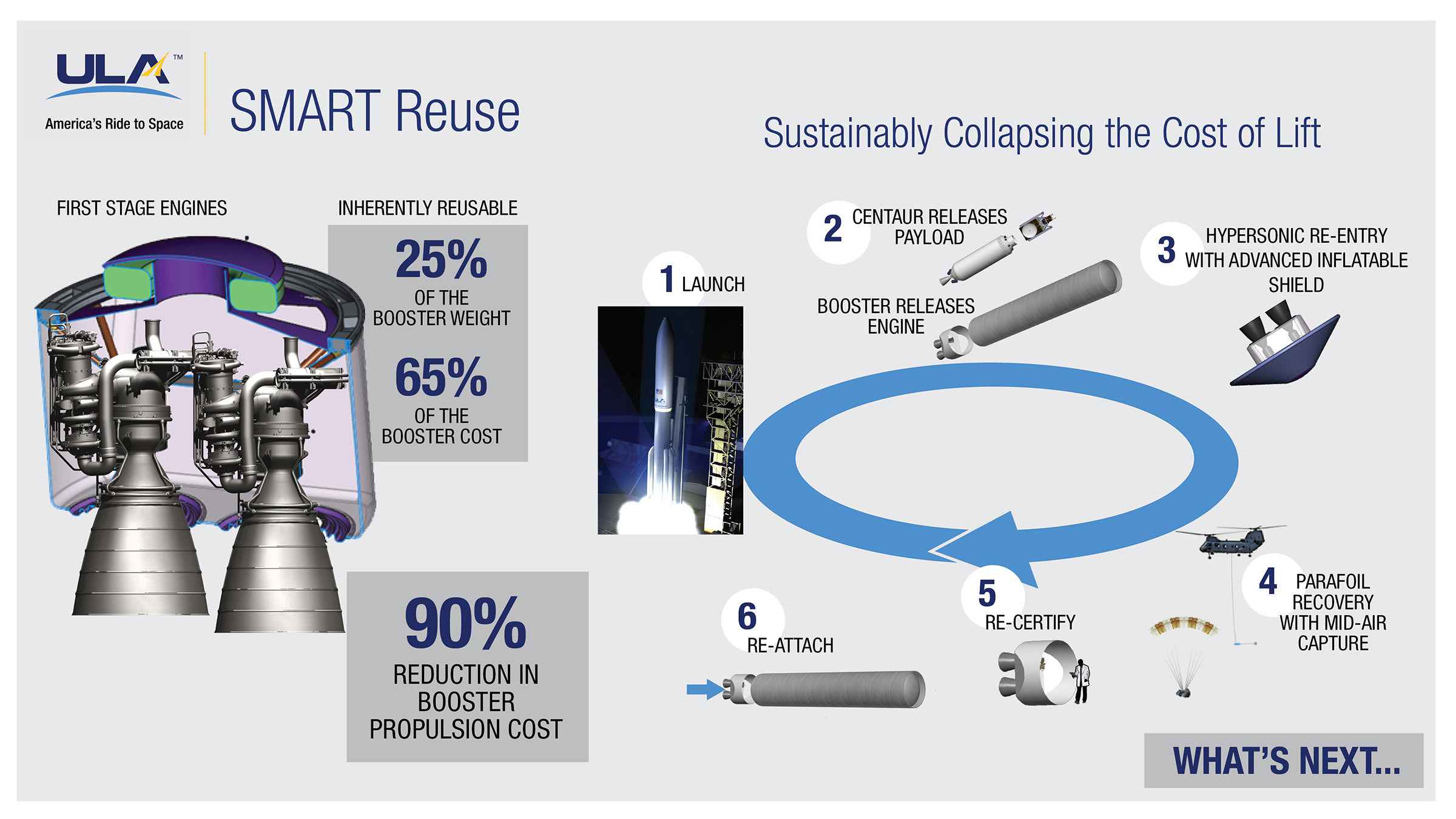
Meanwhile, the next commercial SpaceX Falcon 9 is due to blastoff this Sunday, June 28, on the Dragon CRS-7 resupply mission to the ISS.
Watch for my onsite reports from the Kennedy Space Center and Cape Canaveral Air Force Station in Florida.
Stay tuned here for Ken’s continuing Earth and planetary science and human spaceflight news.
Ken Kremer
………….
Learn more about ULA, SpaceX, Europa, Mars rovers, Orion, SLS, Antares, NASA missions and more at Ken’s upcoming outreach events:
Jun 25-28: “SpaceX launch, Orion, Commercial crew, Curiosity explores Mars, Antares and more,” Kennedy Space Center Quality Inn, Titusville, FL, evenings
